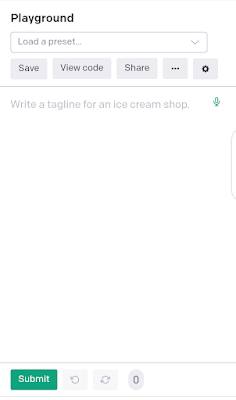Getting Started
Creating Conversations
Once you have an account set up, the next step is creating conversations with ChatGPT. To do this, simply type in a question or statement into the chat window and press enter. ChatGPT will then respond with a conversation based on your input. It’s important to note that ChatGPT is designed to converse like a human, so if you give it too much information at once or ask it complex questions it may take some time before it responds.
Using the API
In addition to the chat window, ChatGPT also provides an API that can be used by developers to integrate its capabilities into their own applications or services. The API allows developers to send input text to the chatbot and get back responses in real-time. This makes it easy for developers to create applications that can interact with users through natural language conversation.
Using Advanced Features
ChatGPT also offers several advanced features such as custom intents and entities that developers can use when creating conversations with the chatbot. Custom intents allow developers to define specific conversational goals they want their users to achieve while talking with the chatbot. Entities are words or phrases that are used by the chatbot when creating conversations and can help create more natural-sounding responses from the chatbot by allowing it recognize specific terms within a conversation.
Conclusion
ChatGPT is an incredibly powerful tool for businesses and developers alike that can be used for everything from customer support services to virtual assistants. By leveraging advanced natural language processing and deep learning, ChatGPT is capable of understanding and responding to human input in order to create engaging conversations with people. With its API integration capabilities, custom intents, entities, and more, there are endless possibilities when it comes to what you can do with this technology!
Disclaimer
This Article is Generated by Chat GPT, and is not recommended for Generating Content as AI generated content is against Google Webmaster Guidelines
